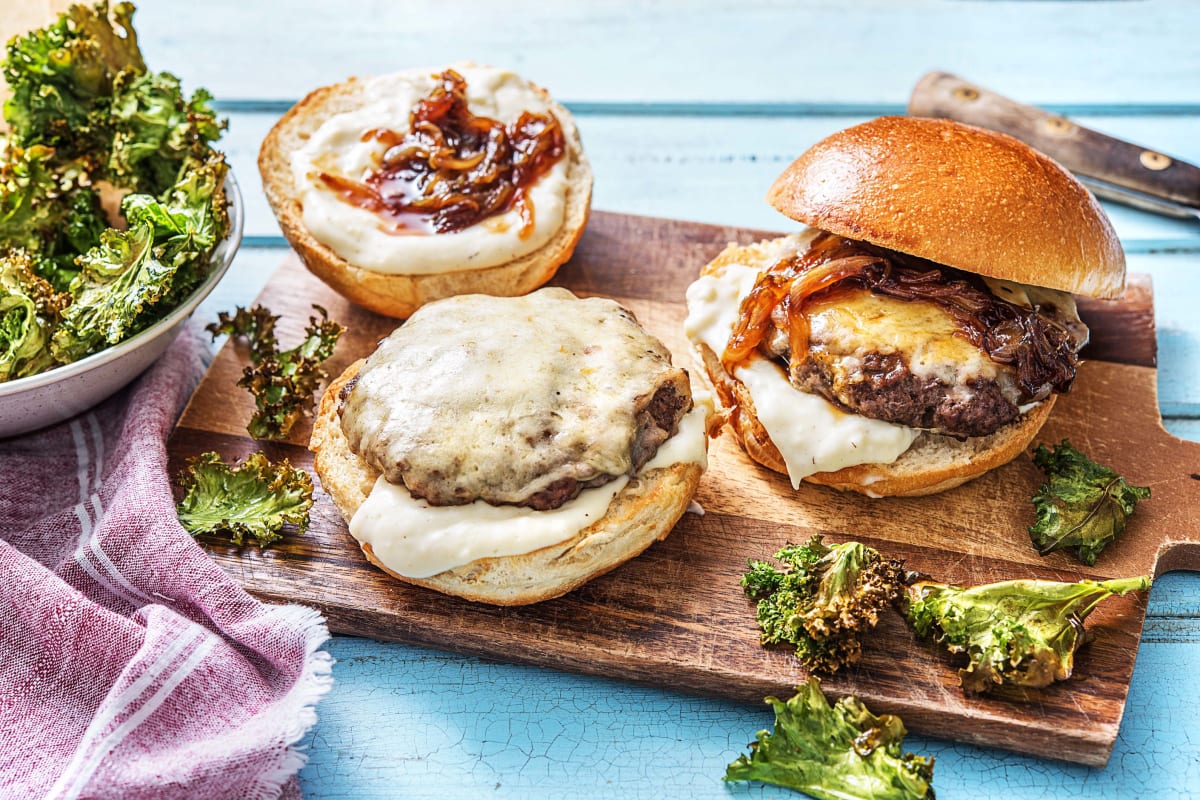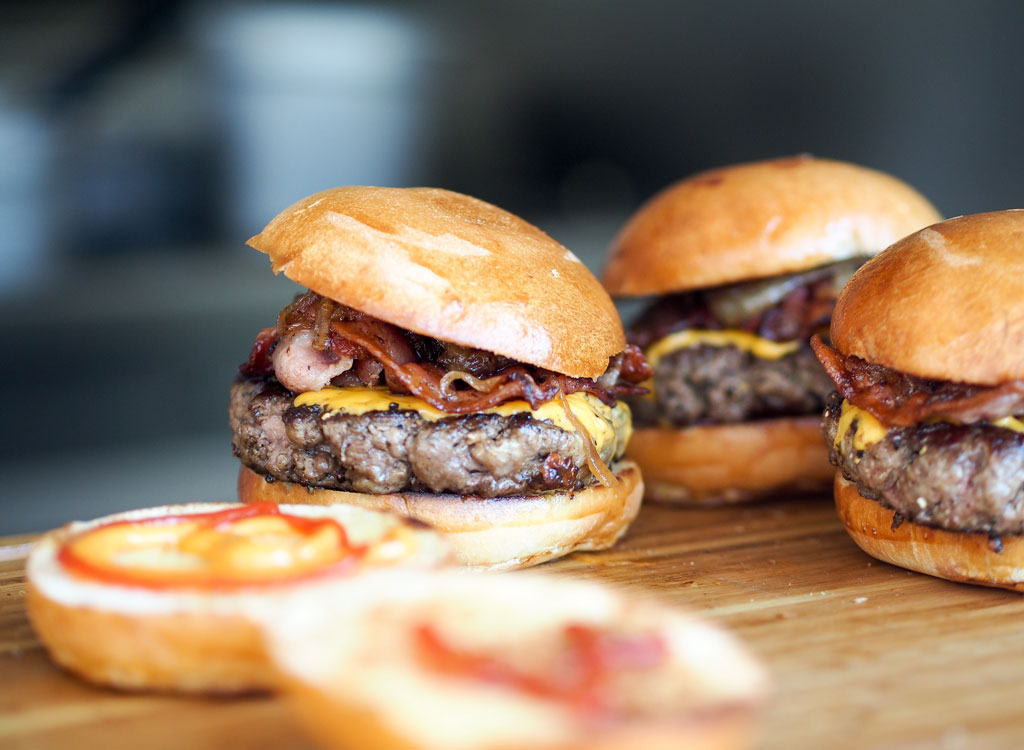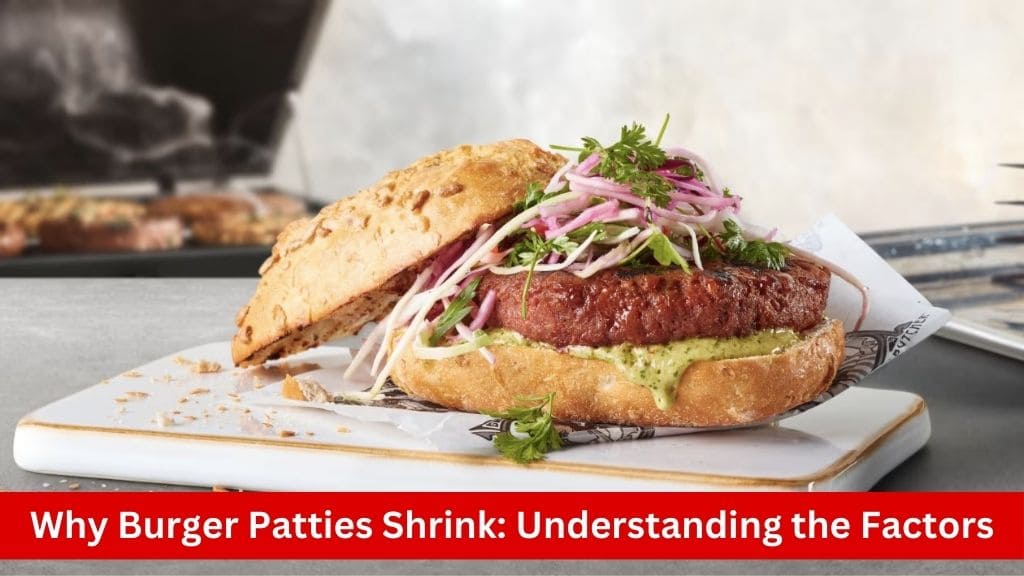Burger patties shrinking during cooking is a common frustration for many home cooks and grill masters alike. You start with a perfectly formed patty, only to watch it reduce significantly in size as it cooks. But why does this happen? In this comprehensive guide, we’ll explore the various factors that contribute to burger patty shrinkage and provide practical tips to minimize it.
Understanding Burger Patty Shrinkage

Fat Rendering
Fat plays a crucial role in the flavor and juiciness of a burger patty. However, during cooking, the fat within the meat begins to render, meaning it melts and liquefies. As the fat renders, it seeps out of the patty, resulting in a reduction in volume. This loss of fat contributes to the shrinkage of the patty.
Moisture Evaporation
In addition to fat, meat contains water and other fluids. As the patty cooks, heat causes these fluids to evaporate. This process of moisture evaporation occurs throughout the cooking process and intensifies as the temperature rises. The loss of moisture leads to the contraction of the meat fibers, causing the patty to shrink in size.
Protein Coagulation
Protein coagulation is another factor that contributes to burger patty shrinkage. Proteins in the meat, particularly myosin and actin, undergo structural changes when exposed to heat. These proteins denature and coagulate, causing the meat to contract and firm up. While protein coagulation is essential for achieving the desired texture and doneness of the patty, it also contributes to shrinkage.
Maillard Reaction
The Maillard reaction is a complex chemical process that occurs when proteins and sugars in the meat react at high temperatures. This reaction results in the browning and development of flavor compounds, giving the burger its characteristic taste and aroma. While the Maillard reaction enhances the overall quality of the patty, it also contributes to moisture loss and shrinkage.
Collagen Contraction
Collagen is a structural protein found in connective tissue, such as tendons and ligaments, within the meat. During cooking, collagen undergoes thermal denaturation and contraction, leading to the tightening of muscle fibers. This collagen contraction further contributes to the shrinkage of the patty.
Overall Impact
Collectively, these processes—fat rendering, moisture evaporation, protein coagulation, Maillard reaction, and collagen contraction—interact to cause burger patty shrinkage during cooking. While some degree of shrinkage is inevitable, understanding the underlying mechanisms can help you make informed decisions when selecting and preparing your burger patties. By implementing strategies to minimize fat loss and moisture evaporation, such as choosing lean cuts of meat and cooking at moderate temperatures, you can mitigate the extent of shrinkage and enjoy juicier, more flavorful burgers.
Tips to Minimize Shrinkage

Choose Lean Cuts
Opting for lean cuts of meat is essential for minimizing shrinkage. Lean meats contain less fat, which means there is less fat to render and liquefy during cooking. Choose cuts such as sirloin or round, which have a lower fat content compared to fattier cuts like chuck or brisket. By selecting lean cuts, you can reduce the amount of fat loss and shrinkage during cooking.
Avoid Added Water
When purchasing meat for your burger patties, be wary of products with added water or fillers. Some commercial meats are injected with water or saline solutions to increase their weight and profitability. However, this added moisture evaporates during cooking, leading to excessive shrinkage. Look for meat labeled as “natural” or “no added water” to ensure you’re getting a pure product without unnecessary additives.
Cook at Moderate Temperatures
Controlling the cooking temperature is crucial for minimizing shrinkage. Cooking burger patties at moderate temperatures helps retain moisture and prevent excessive fat loss. Avoid cooking at high temperatures, as this can cause rapid moisture evaporation and shrinkage. Instead, aim for a medium heat setting and monitor the cooking process closely to achieve the desired level of doneness without sacrificing juiciness.
Shape Patties Carefully
Properly shaping the patties before cooking can help minimize shrinkage and maintain their size and shape. Start by forming the patties slightly larger than the desired size, as they will contract during cooking. Additionally, create a small dimple in the center of each patty by pressing down with your thumb. This dimple helps prevent the patty from puffing up as it cooks and ensures even cooking throughout. Taking the time to shape the patties carefully will result in more uniform and attractive burgers.
Avoid Closing the Grill Lid
When grilling burgers, resist the temptation to close the lid of the grill. Closing the lid can trap heat and cause the temperature inside the grill to rise rapidly, leading to faster shrinkage. Instead, cook the patties with the grill lid open to allow for better temperature control and airflow. This approach helps maintain a more consistent cooking temperature and reduces the risk of overcooking or drying out the patties.
Conclusion
While burger patty shrinkage is a natural occurrence during cooking, understanding the factors that contribute to it can help you minimize its impact. By choosing lean cuts of meat, avoiding added water, cooking at moderate temperatures, shaping patties carefully, and keeping the grill lid open, you can enjoy delicious, juicy burgers without excessive shrinkage. Experiment with these tips to find the perfect balance and elevate your burger game to the next level!

